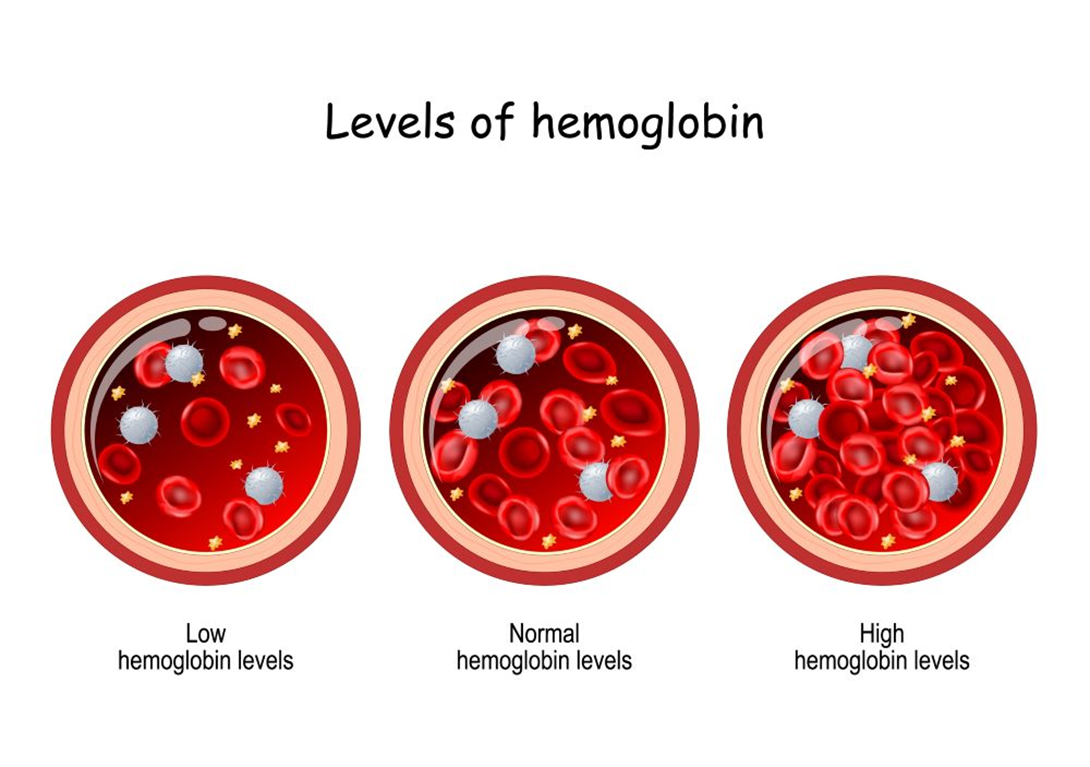A nurse enters the room of a client who is unconscious and finds that the client's son is reading her electronic medical records from a monitor located at the bedside. Which of the following actions should the nurse take first?
Recommend the son meet with the provider to get information about his mother's condition.
Complete an incident report regarding the breach of the client's confidentiality.
Log out the computer so that the client's son is unable to view his mother's information.
Report the possible violation of client confidentiality to the nurse manager.
The Correct Answer is C
Choice A reason: This is not the correct choice because recommending the son meet with the provider to get information about his mother's condition is not the first action the nurse should take. The nurse should first stop the unauthorized access to the client's records and protect the client's privacy and confidentiality. The nurse can then offer to arrange a meeting with the provider if the son has questions or concerns.
Choice B reason: This is not the correct choice because completing an incident report regarding the breach of the client's confidentiality is not the first action the nurse should take. The nurse should first intervene to prevent further disclosure of the client's information and secure the computer. The nurse can then document the incident and follow the facility's policy and procedure for reporting such events.
Choice C reason: This is the correct choice because logging out the computer so that the client's son is unable to view his mother's information is the first action the nurse should take. The nurse should act quickly and assertively to terminate the unauthorized access to the client's records and safeguard the client's rights. The nurse should also explain to the son why his action was inappropriate and how it violated the client's confidentiality.
Choice D reason: This is not the correct choice because reporting the possible violation of client confidentiality to the nurse manager is not the first action the nurse should take. The nurse should first address the immediate situation and ensure that the client's information is no longer accessible to the son. The nurse can then inform the nurse manager and the provider about the incident and the actions taken.
Nursing Test Bank
Naxlex Comprehensive Predictor Exams
Related Questions
Correct Answer is A
Explanation
Choice A reason: This is the correct choice because this information is relevant and important for the physical therapist. A hemoglobin of 5 g/dL indicates severe anemia, which can cause fatigue, weakness, shortness of breath, and palpitations. The physical therapist should be aware of the client's condition and adjust the therapy accordingly. The physical therapist should also monitor the client's vital signs, oxygen saturation, and tolerance to activity.
Choice B reason: This is not the correct choice because this information is not relevant or important for the physical therapist. A clean-catch urine test is a diagnostic test that requires the client to collect a midstream urine sample in a sterile container. The physical therapist does not need to know about this test or its results, as it does not affect the client's physical therapy.
Choice C reason: This is not the correct choice because this information is not relevant or important for the physical therapist. Opioid-induced constipation is a side effect of opioid medications that can cause abdominal pain, bloating, and difficulty passing stools. The physical therapist does not need to know about this condition or its treatment, as it does not affect the client's physical therapy.
Choice D reason: This is not the correct choice because this information is not relevant or important for the physical therapist. A new diagnosis of colorectal cancer is a serious and life-changing condition that requires medical and surgical interventions. The physical therapist does not need to know about this diagnosis or its prognosis, as it does not affect the client's physical therapy.

Correct Answer is B
Explanation
Choice A reason: Closing the fire doors and the doors to the clients' rooms is an action that the nurse should take after activating the fire alarm, as it helps to contain the fire and prevent smoke inhalation.
Choice B reason: Activating the fire alarm is the first action that the nurse should take after removing the client from the room, as it alerts the fire department and the rest of the staff and clients about the fire.
Choice C reason: Extinguishing the fire is an action that the nurse should take only if the fire is small and confined, and after activating the fire alarm and ensuring the safety of the client and self. The nurse should use the appropriate fire extinguisher and follow the PASS technique (pull, aim, squeeze, sweep).
Choice D reason: Removing all clients from the unit is an action that the nurse should take only if the fire is large and spreading, and after activating the fire alarm and ensuring the safety of the client and self. The nurse should follow the RACE protocol (rescue, alarm, confine, extinguish/evacuate) and the facility's emergency plan.
Whether you are a student looking to ace your exams or a practicing nurse seeking to enhance your expertise , our nursing education contents will empower you with the confidence and competence to make a difference in the lives of patients and become a respected leader in the healthcare field.
Visit Naxlex, invest in your future and unlock endless possibilities with our unparalleled nursing education contents today
Report Wrong Answer on the Current Question
Do you disagree with the answer? If yes, what is your expected answer? Explain.
Kindly be descriptive with the issue you are facing.
